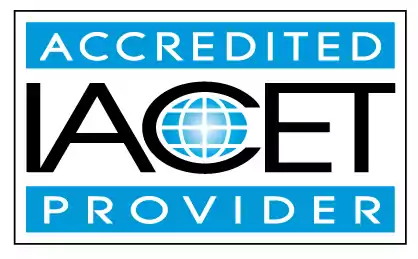Demonstrate an understanding of the types of child abuse, and signs of abuse and neglect
Learn about the various types of child abuse and neglect, and become familiar with the signs that may indicate a child is being mistreated. Discover the importance of knowing the appropriate reporting process in cases of abuse and neglect. Gain a deeper understanding of child safety and well-being in early childhood education and child care centers.Trainings incorporating this outcome
CDA Subject Areas
Proficiency Level
Target Audience
Topic Areas
120 hours courses
45 hours courses
Related Outcomes
- Identify types of abuse, by identifying signs of abuse and neglect
- Identify and understand the requirements of Child Care Subsidy (POC), Child and Adult Food Program, MSDE Child Care Credential, Tiered Reimbursement, and the Child Care Career and Professional Development Fund
- Identify the signs of child abuse and neglect and demonstrate knowledge of appropriate reporting process.
- Identify the signs of child abuse and neglect.
- Demonstrate an understanding of the overall cost of child care
- Demonstrate understanding of developing strategies for involving parents in the child care setting.
- Demonstrate understanding of optimal room arrangements for family child care settings and their components.
- Demonstrate understanding of inclusionary practices for cerebral palsy in the child care setting.
- Demonstrate understanding of inclusionary practices for conduct disorder in the child care setting.
- Demonstrate understanding of cultural differences and its influences on a child's social behavior.
- Demonstrates understanding of developing positive relationships with child care families
- Demonstrate an understanding of the importance of schedules and consistency in a child care environment.
- Demonstrate an understanding of how genetics and environment influence child growth and development
- Demonstrate an understanding of transitions within a child care program.
- Demonstrate an understanding of content areas and how they are related to child development.
- Demonstrates an understanding of content areas and how they relate to child development
- Demonstrate an understanding of teacher vs. child directed activities.
- Demonstrate an understanding of staff scheduling and student enrollment aligned with Child Care Regulations.
- Demonstrate an understanding of how to create a natural outdoor classroom that supports child development in all areas.
- Demonstrate an understanding of the most effective way to listen to a child.
Related Articles
- Mandated Reporters
- Texas Child Care Licensing Training
- Neglect
- Childhood Neglect
- Child Abuse Training
- Mandated Reporters
- Nevada Initial Training Requirments for Child Abuse and Neglect
- Mandatory Reporting Training
- How to Start a Daycare with Little Money
- Understanding Shaken Baby Syndrome and Abusive Head Trauma: Crucial Training for Child Care Providers
- Safeguarding Children's Well-being: The Importance of Mandated Reporter Training for Child Care Providers
- Understanding the Importance of Child Abuse and Neglect Training
- Basic Health and Safety Training for Child Care Providers
- Child Abuse and Neglect Training for Educators
- Abuse and Neglect Training: The Essential Guide for Childcare Providers
- Child Abuse and Neglect Training: Empowering Educators to Recognize and Respond
- What They Don’t Tell You About Child Abuse and Neglect Training (But Should)
- Prevent, Protect, Respond: Child Abuse and Neglect Training for Educators
- Empower Your Staff with Effective Abuse and Neglect Training
 12 CEUs
12 CEUs